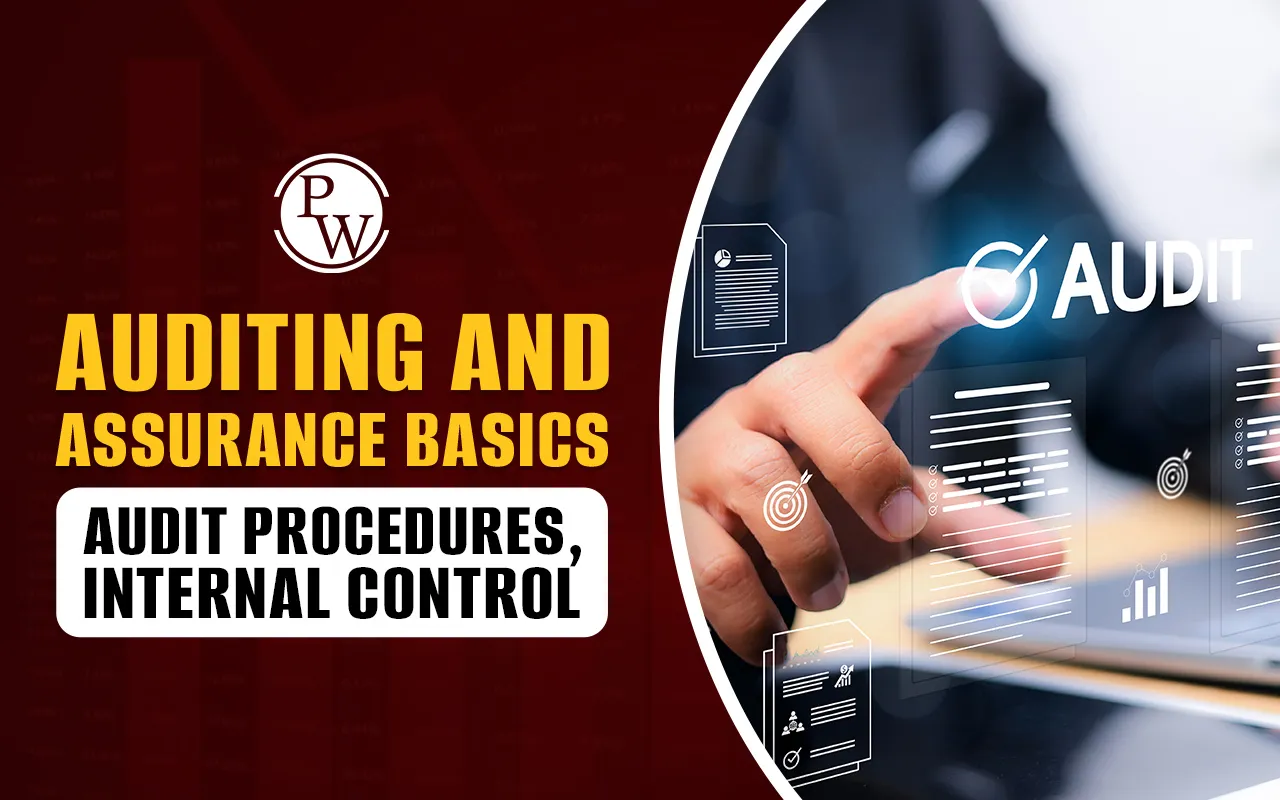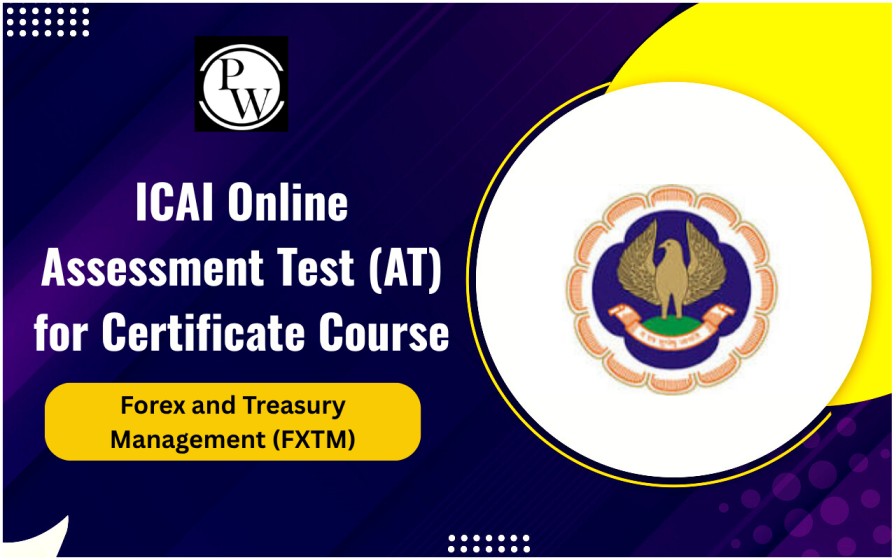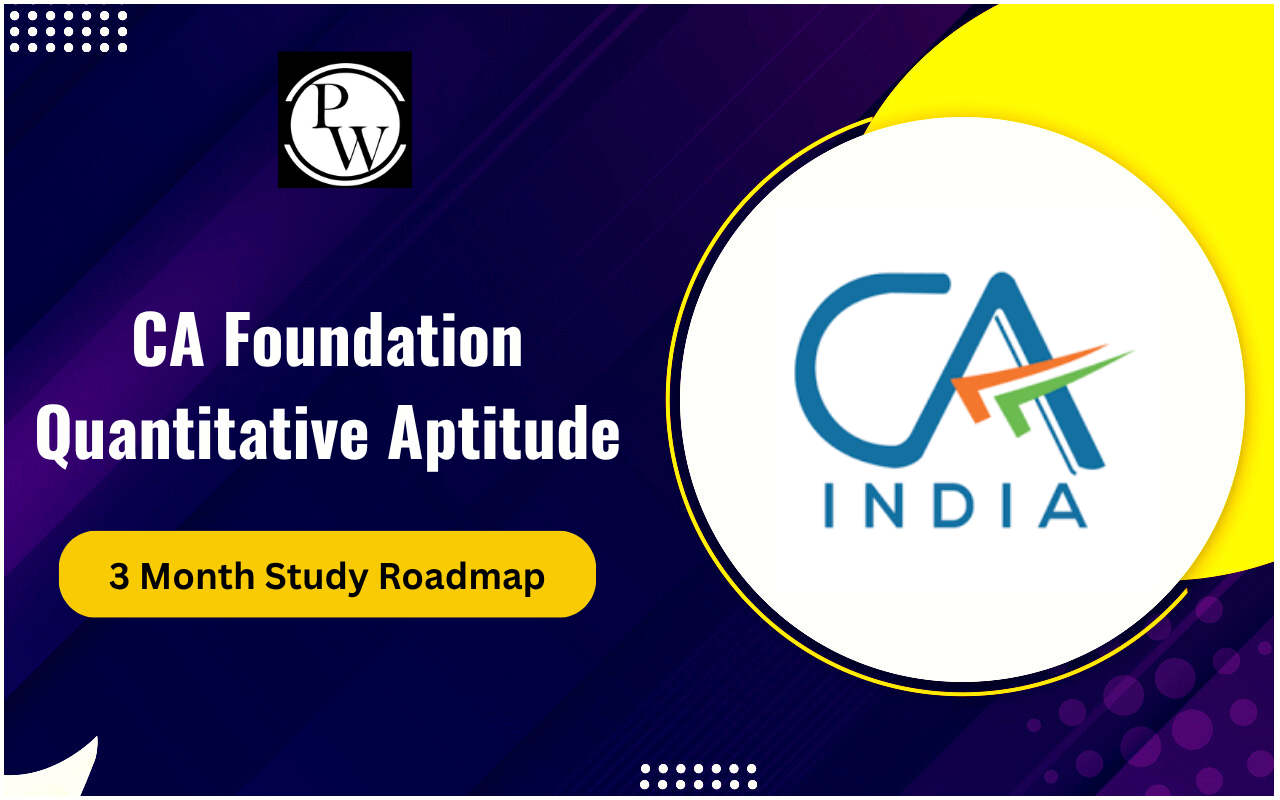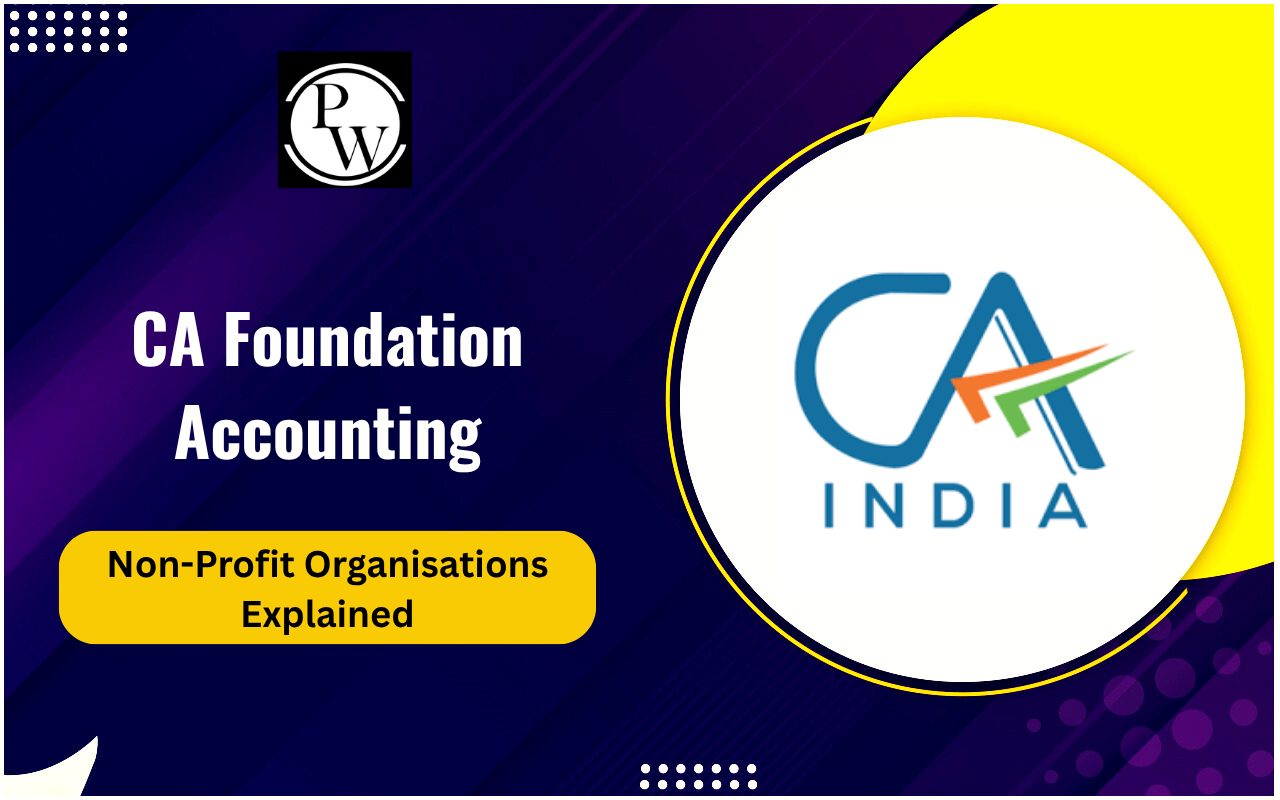

Auditing and Assurance Basics: To become a qualified CA, mastering Audit and Assurance is essential, as it forms a critical part of the CA curriculum and professional practice. In modern business complexities, these subjects are not limited to academic requirements. Auditing and assurance basics also play a crucial role in ensuring financial transparency and stakeholder trust. Additionally, they equip future CAs with the skills to independently evaluate an organisation’s financial statements, internal controls, and operational processes, ensuring they meet regulatory standards and ethical benchmarks.
While auditing emphasises the structured evaluation of financial records for accuracy and compliance, assurance covers a wider range of services, including reviews and certifications of both financial and non-financial information. The ICAI governs these areas through a framework of Standards on Auditing (SAs) and professional ethics, which every CA student must learn with thorough understanding. These standards highlight principles such as integrity, objectivity, independence, and professional competence.
What is Auditing?
Audit refers to the systematic review and evaluation of an organisation’s financial statements, operations, and internal processes. This process provides a true and fair view of the organisation’s financial position. This evaluation is carried out in accordance with predefined professional and legal standards.
In India, the framework for audits is guided by the Standards on Auditing (SAs) issued by the ICAI. Among the foundational guidelines is AAS-1 (now SA 200), which lays down the ethical and procedural pillars of an audit. These include fundamental principles such as integrity, objectivity, professional competence, due care, confidentiality, and independence. It also emphasises proper audit planning, documentation, and reliance on valid audit evidence.
Auditors are tasked with providing reasonable assurance that a company’s financial records are free from material misstatement and comply with applicable laws and standards. Audits also provide insights into inefficiencies within business systems, often leading to process improvements.
What is Assurance?
Assurance goes beyond verifying financial data; it encompasses a broader range of services aimed at validating information or processes. These include review engagements, certifications, and agreed-upon procedures within an organisation. These services help build confidence among stakeholders about the credibility of both financial and non-financial information shared by an organisation. By ensuring ethical compliance, strong financial governance, and operational accountability, Audit and Assurance procedures strengthen the trust between an organisation and its stakeholders.
Importance of Audit and Assurance Basics
Conducting audits and assurance plays a crucial role in building trust around a company’s financial reporting. When financial records are independently reviewed, it assures investors, regulators, and other stakeholders that the information presented is reliable and transparent.
Beyond just validating numbers, audits and assurance contribute significantly to strengthening a company’s financial integrity. They can uncover discrepancies, inefficiencies, or lapses in internal controls, allowing businesses to take corrective actions promptly. This not only improves overall operational efficiency but also supports long-term financial stability and governance.
Difference Between Audit and Assurance
Here are the notable differences between Audit and Assurance:
| Difference Between Audit and Assurance | ||
| Parameters | Audit | Assurance |
| Meaning | A systematic review of financial records to verify their accuracy. | A process that evaluates and improves the reliability of information or systems. |
| Scope | Focused mainly on financial statements and accounting records. | Broader scope, including processes, controls, compliance, and financial data. |
| Objective | To detect errors, frauds, and ensure compliance with accounting standards. | To provide confidence that information is accurate, reliable, and trustworthy. |
| Nature of Work | Investigative and corrective. | Evaluative and confirmatory. |
| Legal Requirement | Often mandatory, especially for companies above a certain size. | Usually voluntary, based on internal or stakeholder needs. |
| Focus Area | Verification and correctness of financial statements. | Effectiveness of systems and adherence to standards. |
| Output | Audit Report with auditor’s opinion. | Assurance Report highlighting reliability of subject matter. |
| Performed By | Chartered Accountants or Certified Auditors. | Professionals with expertise in subject area (can include auditors). |
| Application | Mainly applies to finance and tax-related reviews. | Applies to finance, operations, compliance, risk management, etc. |
Standard Audit Procedure
The procedure for an audit may vary depending on organisational size, industry norms, and regulatory requirements. However, a structured approach is generally followed to ensure accuracy and compliance. Below is a six-stage framework typically used in audits:
-
Initial Engagement and Audit Planning: The audit begins with an introductory meeting between the auditor and the client, where the scope, objectives, and expectations of the audit are clearly outlined. The auditor also sets a schedule for audit execution, allowing the company time to prepare internally.
-
Collection of Financial Records: Once the audit framework is finalised, the auditor requests access to specific financial and operational documents. These often include previous audit results, financial statements, receipts, transaction logs, minutes of board meetings, and organisational charts, among others. This documentation serves as the foundation for understanding the financial landscape of the organisation.
-
Execution of Field Work: With documentation in hand, the auditor initiates on-site procedures. These include reviewing transaction entries, assessing internal control systems, interviewing relevant personnel, and cross-verifying key financial data. A sample-based testing approach is usually adopted to spot inconsistencies or irregularities in accounting records.
-
Review and Analysis of Audit Evidence: During this phase, the auditor evaluates the gathered information to detect any signs of fraud, errors in reporting, or ineffective financial practices. Each finding is assessed for materiality and relevance.
-
Report Compilation: After completing the examination, the auditor compiles a comprehensive audit report. This report highlights all significant observations, such as policy violations, process inefficiencies, or financial discrepancies. Constructive feedback and recommendations for improving financial controls are also included.
-
Communication and Final Submission: The audit concludes with a formal presentation of the report to management and stakeholders. Discussions may follow to clarify issues, accept feedback, and implement suggested improvements for enhanced financial governance.
What Internal Control?
Internal controls refer to a framework of procedures and systems implemented within an organisation’s financial operations. This process aims to maintain the accuracy and reliability of financial information. These controls play a critical role in promoting compliance with legal and regulatory standards.
By establishing internal checks, businesses can detect and determine fraudulent activities, monitor the proper use of resources, and ensure consistent adherence to corporate policies. Additionally, internal controls support better financial management by flagging potential cash flow issues, guiding adherence to budgets, and producing dependable data for informed decision-making at the leadership level.
Key Elements of Effective Internal Control System
A sound internal control framework relies on multiple components to ensure operational integrity, risk management, and compliance. These elements include:
-
Ethical Foundation: An organisation’s leadership, including management and the board, must cultivate a culture rooted in ethical behaviour and transparency. Their commitment to integrity sets the tone across all departments and drives the effectiveness of internal controls.
-
Monitoring: Internal control systems must be reviewed continuously to confirm their effectiveness. This could involve updating procedures, retraining staff, or introducing new tools to address emerging risks and ensure ongoing reliability.
-
Operational Controls: These consist of specific procedures, checks, and policies designed to enforce accountability and prevent errors.
-
Risk Evaluation: Proactively identifying financial or operational risks is crucial. Regular risk assessments help determine vulnerabilities and inform the implementation of appropriate safeguards to mitigate potential losses.
-
Communication Channels: Effective internal controls depend on clear communication and access to relevant information. Employees must understand their responsibilities and how their roles align with control measures.
-
Legal and Regulatory Adherence: Staying compliant with current financial regulations and industry standards is non-negotiable. Regular policy updates and regulatory reviews ensure the organization remains within legal boundaries.
-
Asset Protection: Physical controls, such as implementing restricted access, surveillance systems, secure storage, and regular inventory checks, help in avoiding theft or misuse.
-
Role Division: Assigning distinct responsibilities across individuals helps prevent conflicts of interest and reduces the likelihood of fraud. Separating tasks promotes checks and balances.
Auditing and Assurance Basics FAQs
What are the basics of audit and assurance?
What are the 5 C's in auditing?
What are the 7 steps in the audit process?
What are the types of auditing?
How does assurance affect risk management?













